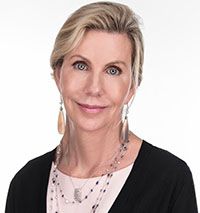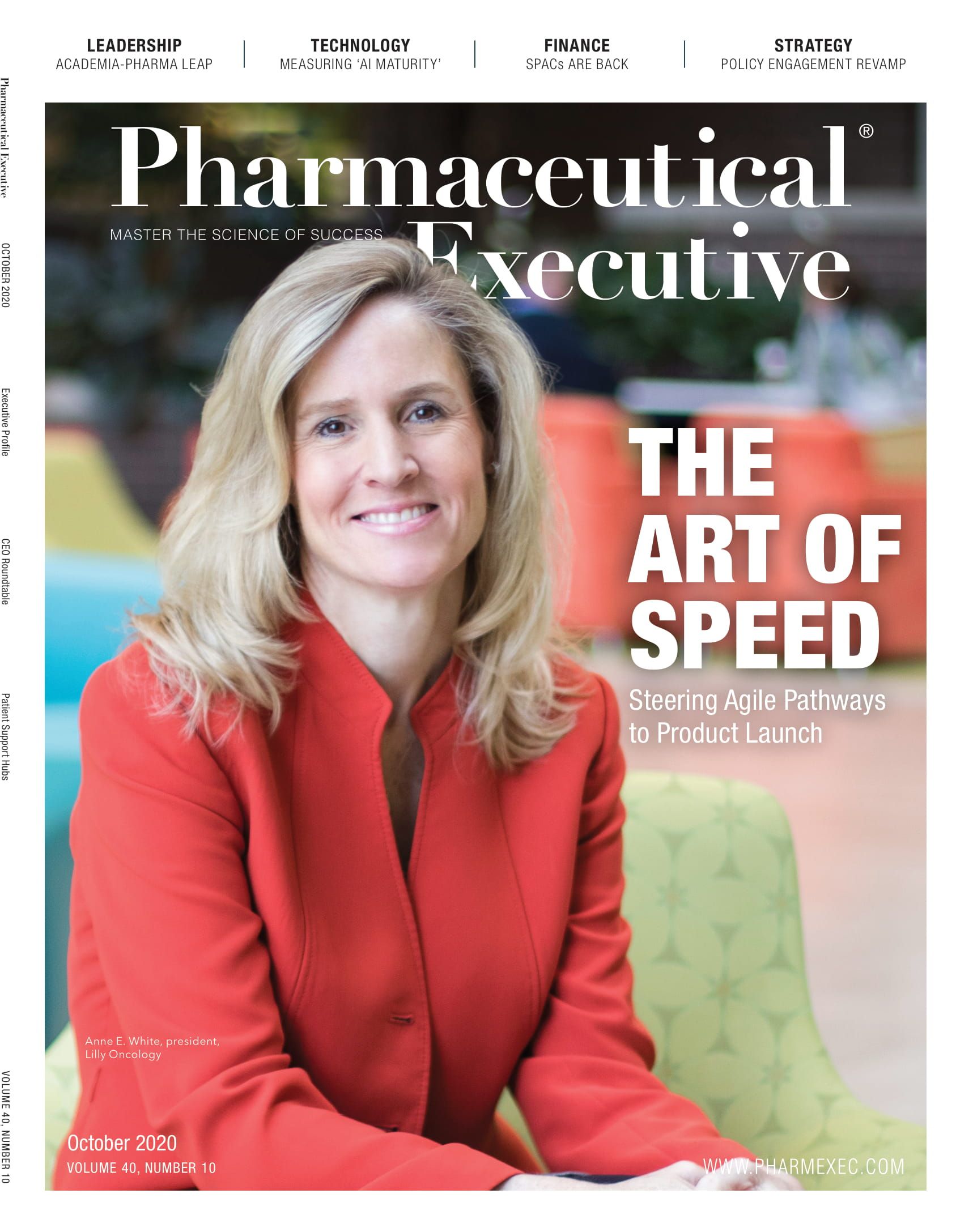- Sustainability
- DE&I
- Pandemic
- Finance
- Legal
- Technology
- Regulatory
- Global
- Pricing
- Strategy
- R&D/Clinical Trials
- Opinion
- Executive Roundtable
- Sales & Marketing
- Executive Profiles
- Leadership
- Market Access
- Patient Engagement
- Supply Chain
- Industry Trends
The SPAC Makes a Comeback!
When the people are the sole assets.

The special purpose acquisition company (SPAC), or “blank-check company,” originally introduced decades ago as a cleaner form of a reverse merger shell, has made an impressive comeback. A SPAC has one purpose: to merge with a company and take it public (“de-SPAC”). Typically, when a biotech company does an IPO, it raises cash to fund the development of its assets. Here, the money comes first, and the company has up to two years to find assets to acquire and build. Essentially, these deals are backed by the “bankability” of their celebrated founders.
Barbara Ryan

According to NASDAQ, in 2014, SPACs represented only 3% of all IPOs. In 2020, SPACs represent nearly half of all IPOs. More than 81 SPACs have gone public, each raising about $400 on average. More SPACs went public in July than in the first six months of the year. There are currently about 120 SPACs actively seeking business combinations and 15% have specifically stated they are targeting healthcare and the life sciences.
So why the renaissance?
Unlike IPOs, which can take months to do, require lengthy road shows, underwriters, a detailed prospectus, and heavy SEC regulation, a SPAC can be done in weeks. And in the midst of an economic shutdown due to the COVID-19 pandemic, SPACs are seen as an efficient source of capital with a clear path for funding.
The size of SPAC deals has increased, and the mechanism has gained newfound legitimacy by attracting high-profile executives from leading companies, married with high-profile investors.
SPACs offer investors protections, such as the right to withdraw capital with interest at the time of a proposed business combination, offering free optionality.
SPAC investors still must vote to approve any deals. Sponsors are highly aligned with their shareholders, often holding 20% of the SPAC, often with warrants to sweeten the pot even further. The sponsors have a strong motivation to do “good” deals and would likely not be keen to see shareholders redeem their shares for cash.
SPACs may also offer target shareholders greater certainty on valuation versus the way the traditional IPO route might, where ultimately, the market decides the valuation.
Earlier this month, ex-Allergan CEO Brent Saunders and Co-Founder Manisha Narasimhan raised $400 million in an IPO for Vesper Healthcare Acquisition Corp., with a goal of building a company that is a leader in the markets it will pursue, which will include aesthetics, ophthalmic, and health and wellness plays.
Other notable and “bankable” luminaries in the investment biotech world include Joe Edelman’s Perceptive; Rod Wong at RTW Health Sciences; RA Founder Peter Kolchinsky; and Jim Tananbaum, founder of Foresite Capital. Hedge fund manager and activist Bill Ackman is reported to be teeing up a SPAC that’s targeting raising $4 billion. However, unlike Saunders and Narasimhan, who are operators, these are all investors.
The work begins following the IPO transaction, when the sponsors and their teams must turn the strategy into action.
Interestingly, despite the boom, and the incentives sponsors have to succeed, most SPACs, historically, have not outperformed, and in fact substantially lagged behind their market indexes one year after the combination. But some have bucked the trend and the future may reap a different result. McKinsey did an interesting study that uncovered a recipe for success: prove operational experience. Operator-led SPACs outperformed non-operator-led ones by 40% and their sectors by 10% one year after merging.
It makes sense that operators would have the edge, right? They are specialized and take a larger role in the combination’s success, usually leading them and often assuming a board seat. These “operators” are:
- More likely to identify their industry focus in the initial SEC filings, which are typically the areas they know best
- Focused, which matters with scarce resources
- Taking a more surgical approach to deal search, which may deliver better sourcing, more rigorous diligence
- Better strategic plans for value creation
- Higher-performing assets
- Ultimately driving higher returns
While the SPAC is definitely back, are these entities here to stay? Probably, but the future performance of the class of 2020 will likely determine whether today’s hot trend will sizzle.
Barbara Ryan is Founder, Barbara Ryan Advisors, and a member of Pharm Exec’s Editorial Advisory Board

